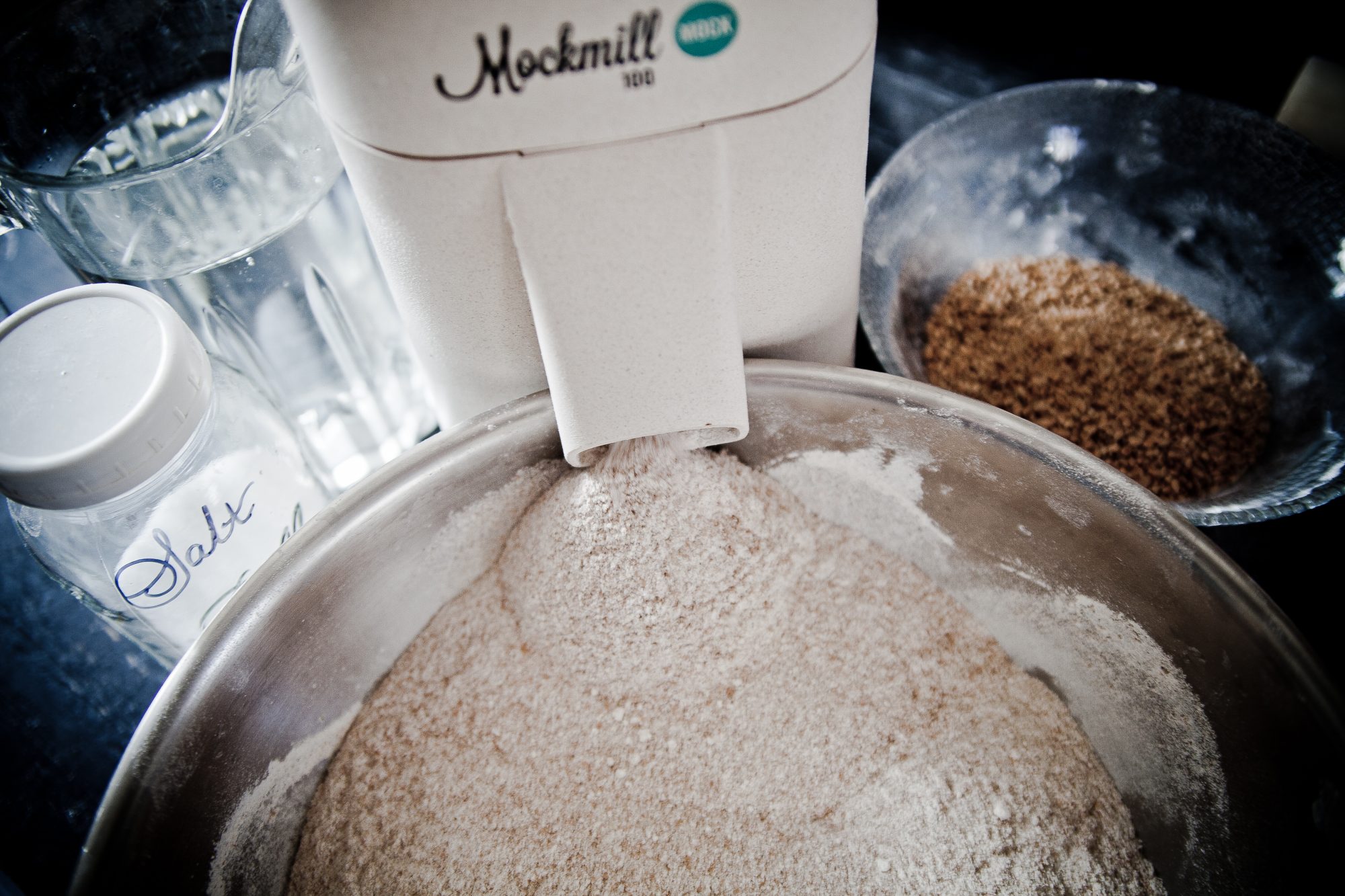This is the first post since creating the concept of “The Oven @ Harrington House and Gardens”, so it is only right that I should choose a topic that is very close to my heart: NUTRITION.
I’m a firm believer (whether correctly or not) that nature’s nutrition is infinitely superior than synthetic.
Before I dump data on you, however, I must share a disclaimer of sorts.
I have found over the course of my personal nutritional quests during the past decade, that for every claim made by one side of the “nutrition fence”, there is usually an equally plausible claim made by the other.
Ultimately, YOU have to make up your own mind, and hope that the data on which you base your decision is as accurate and unbiased as possible.
The data below compares whole wheat berries (red, winter) to white flour (enriched, bleached).
As SOON as you grind wheat berries into flour, you change its composition.
Therefore, it is not possible to assume that even our flour, freshly-milled into the mixing bowl with our Mockmill, aligns perfectly with the data.
Nevertheless, the data is quite clear in favor of wheat berries (even if is only partially accurate after the berries are ground into flour)!
Wheat berries contain less calories, less carbs, less starch, less sugars, more omega-3 and less omega-6*, and more minerals and vitamins (except for the synthetic versions added at the end of the process of making white flour).
THE DATA
I have highlighted the values. which struck me as being notable.
If you wish to view the full spreadsheet in a larger size, please click >here<.
* Scientists believe that humans evolved with a 1:1 ratio of omega-3 and omega-6. The western diet is skewed with a typical ratio of 1:15 at best.
1:4 is generally considered ideal and balanced.
** The reason for these values being higher in white flour is due to artificial, unnatural additions after the wheat has been stripped of its natural vitamins/minerals.

